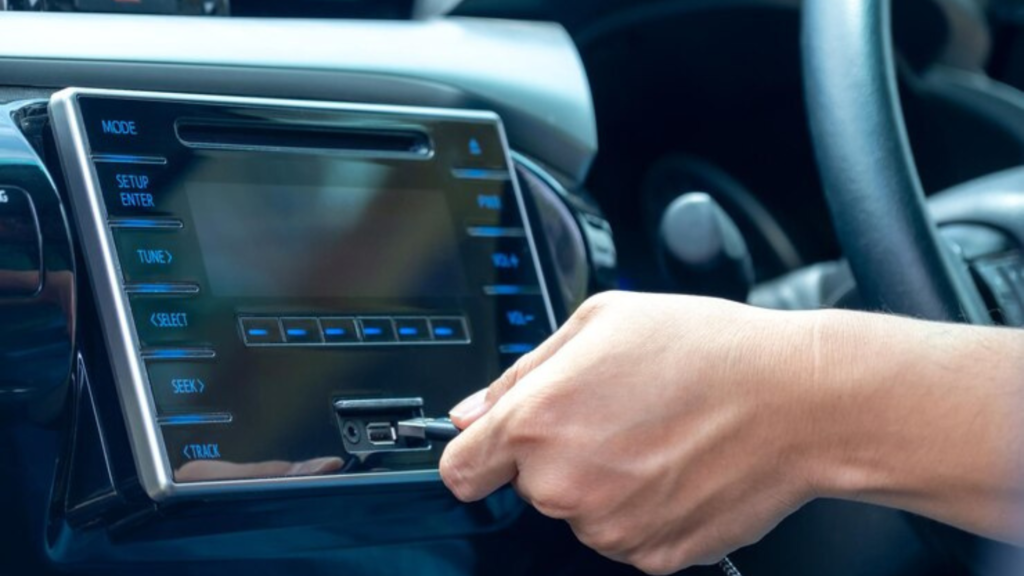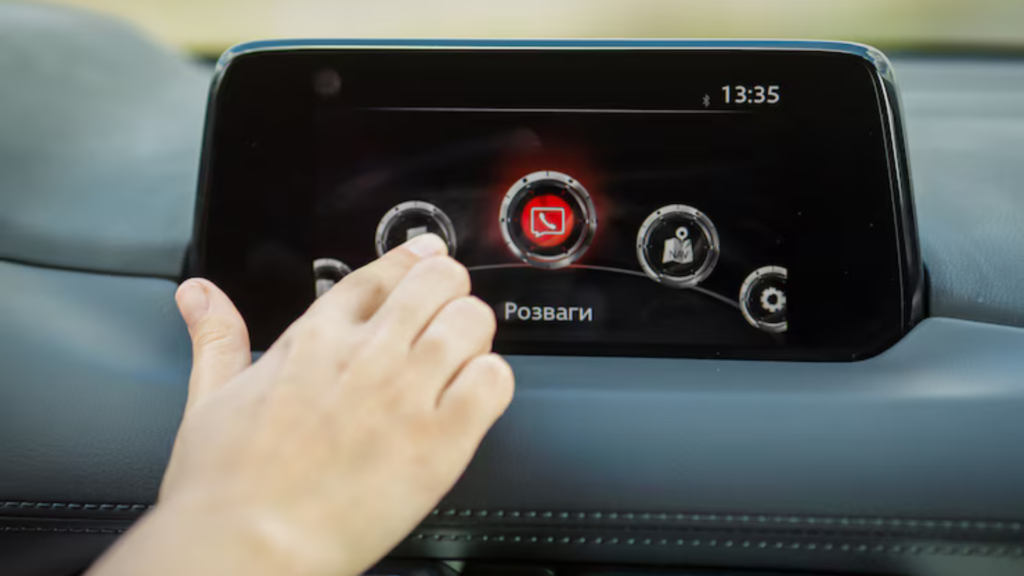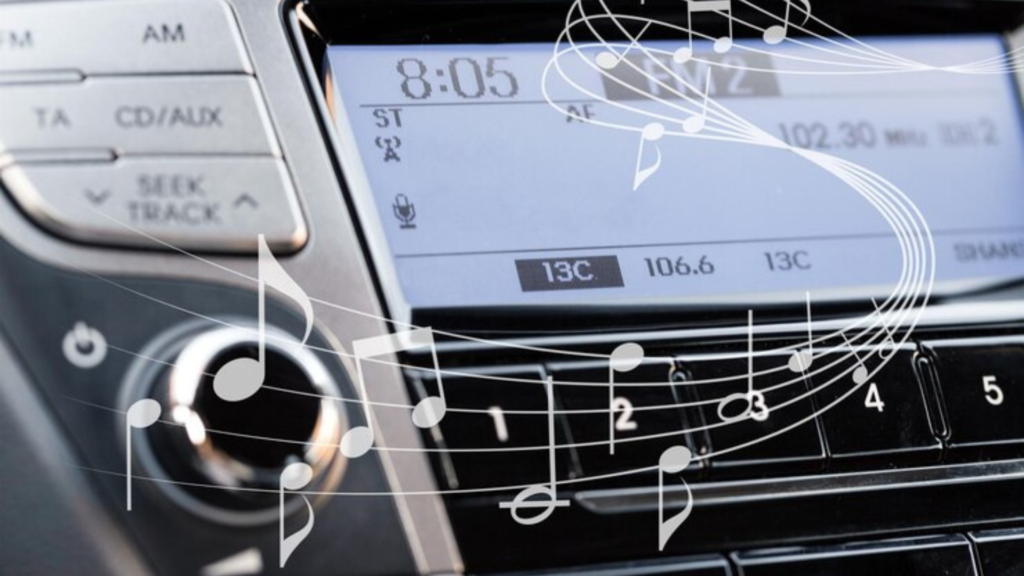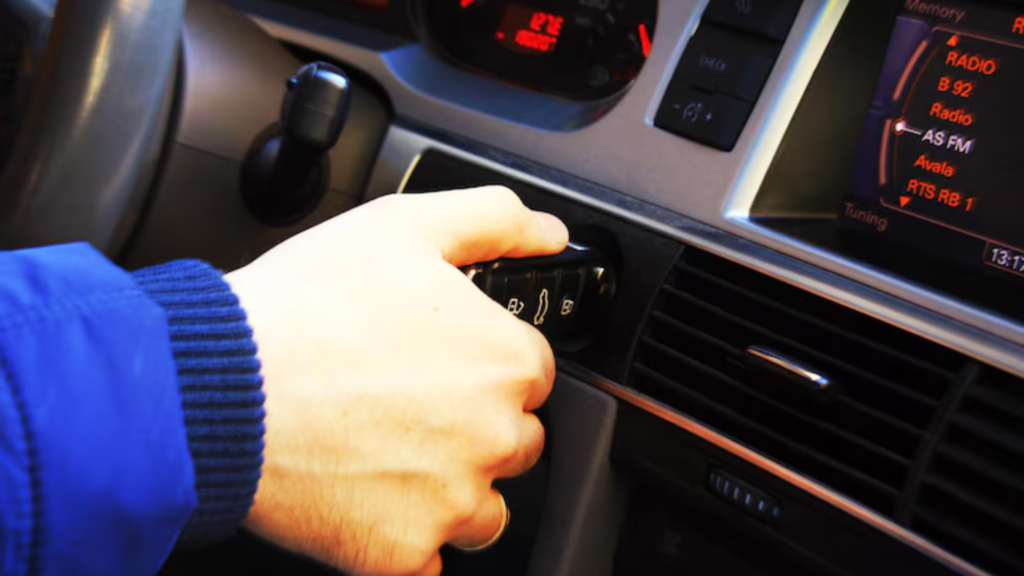- Get link
- X
- Other Apps
The way the multimedia technologies have evolved in automobiles. The infotainment system screen takes central position in the cabin of modern cars. All the settings have already been switched to it, except the pedals, the gearbox, and the steering control: climate control, seat heating, navigation, music, mirror control. Yet things were not always like this. The many individual capabilities dealing with multimedia, communication, and navigation were added to cars over time, and only then all of them were united in one device.
This technology in automobiles took the earliest form in the 1930s. The first ones were AM-only, and tremendously costly. The FM radio was introduced in the market about 20 years later. Drivers listened to vinyl records long before the introduction of cassettes in automobiles. The vinyl record player was introduced in a car in 1956. It turned out to be Chrysler. The machine was known as Highway Hi-Fi. The player and the issuance of records was developed by the American company CBS. The machines had a special, smaller vinyl size specifically made.
Evolution of multimedia systems in cars

They rotated at a slower speed and the record itself was able to store twice the music - up to 90 minutes. They were about half the weight, and nearly twice the bulk. The needle would skip on uneven surfaces and one would need to adjust the needle in order to keep listening to music. Consequently, this multimedia did not take long - three years (1956-1959). A car phone was first exemplified rather early, in 1946. Motorola demonstrated the system. The car was linked to the landline telephone network through radio technologies.
It was radical. However, the overall weight of the system was approximately 36 kg that is too large to be picked in a car. Besides, it took a very long time to get connected, because the network had a capacity of only three concurrent calls. And the driver was obliged to wait the connection, until another driver, on the same phone network, ended his or her conversation. Car phones did not become fully widespread until the 1980s. However, at that point as well few people wanted to have this option installed in their cars.
Vinyl player and radio

Only top executives who travelled on the road needed them. The boom of this technology proved to be brief. Around the mid-1990s, the personal mobile phones started replacing the car phones. The 1986 Buick Riviera was the first car in history to have a touchscreen. It gave a sound signal each time it was touched. This technology had a short life span of 4 years in the market. It took too much attention of the driver away form the road. The appearance of this issue happened at the same time as touch screens. And it has not been solved yet.
The multiple functions integrated system was referred to as an infotainment system. It showed information of the onboard computer, navigation and managed the music. BMW was one of the earliest brands to introduce the system in their automobiles. The year was 2001. Soon other automakers followed and each company developed their own operating system that will be used on their cars. Chrysler was the first brand to allow connecting a phone in their cars through Bluetooth. It released Bluetooth in 2000.
Car phone

Other auto manufactures imitated. This technology has become rather common by 2010. The technology never died, and is applied to more advanced mobile phone connectivity systems, including Apple CarPlay and Android Auto. With the advancement in technology, there has been a higher degree of intuitive and easy to use infotainment systems. However they have a long way to go. In 2024, J.D. Power released the findings of an American study, which surveyed car owners satisfying their vehicles.
One of the primary sore spots happened to be multimedia systems. Drivers have the opinion that the screens are too complex, have an unstable functioning and that touch control cannot substitute physical control elements. Thus, car manufacturers are yet to optimize the working process with the infotainment system, making it less complicated and more intuitive. Nowadays, you are not alone when you are driving a car, you just need to press a button on the dashboard. It is popular music, conversations, news, traffic information, and we got used to it all.
Conclusion

These head units were first seen in certain USA cars during the 1920s as an experiment. In 1929 Paul Galvin began the first mass production of car radios. He then established Motorola. The predecessor company Blaupunkt introduced the first head unit in Europe at the radio exhibition in Berlin in 1932. It was referred to as AS5. AS is an abbreviation of Autosuper and 5 is the number of tubes - in the first third of the 20 th century, all electronic devices were using tubes, before the discovery of the semiconductor transistor.
The set weighed 15 kilograms and cost nearly as much as a car, and even could be coupled to a gramophone. Factory audio systems were seriously ahead of their time by then. In 1951, Decker released the first head unit that had station changing buttons installed into the dashboard. In two years, the same firm came up with a better automatic station search system. In 1961, Philips came up with the first transistor radio. In 1968 it also provided the drivers a chance to listen to the audio cassettes in the car. Blaupunkt demonstrated the first digital display in 1979. The first car CD players were released in 1985 by Philips and Becker.
- Get link
- X
- Other Apps
Comments
Post a Comment